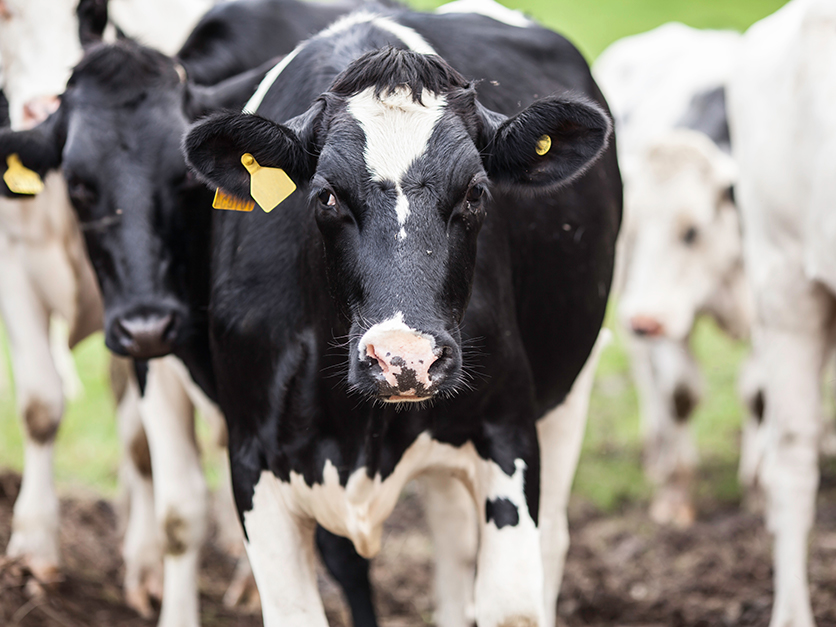The size of the average dairy herd has grown by about 150% over the past two decades, according to a study by USDA’s Economic Research Service that confirms the growing importance of Texas and Idaho in milk production.
The study, based in part on USDA’s Agricultural Resource Management Survey, found that the average dairy farm had 283 cows in 2021, up 153% from the average of 112 in 2000.
It’s easy to be “in the know” about what’s happening in Washington, D.C. Sign up for a FREE month of Agri-Pulse news! Simply click here
That average farm size masks the significant difference in farm size in differing regions. In Idaho, Texas and New Mexico, more than 70% of milk sales comes from farms with at least 2,500 cows. By contrast, 60% of milk sales in Wisconsin, Minnesota and Pennsylvania comes from farms with fewer than 1,000 cows.
Texas has had the largest increase in its share of U.S. milk production, going from 3% in 2002 to 7% in 2022. (The study uses slightly different periods for different measurements.) Idaho increased its share of U.S. production from 5% to 7%.
No. 1 California saw its share of U.S. production fall from 21% to 18% over two decades, while No. 2 Wisconsin’s share rose from 13% to 14%. New York ranks third with 7% of U.S. production, a share that didn't change over the period. No. 4 Pennsylvania’s share dropped from 6% to 4%.


